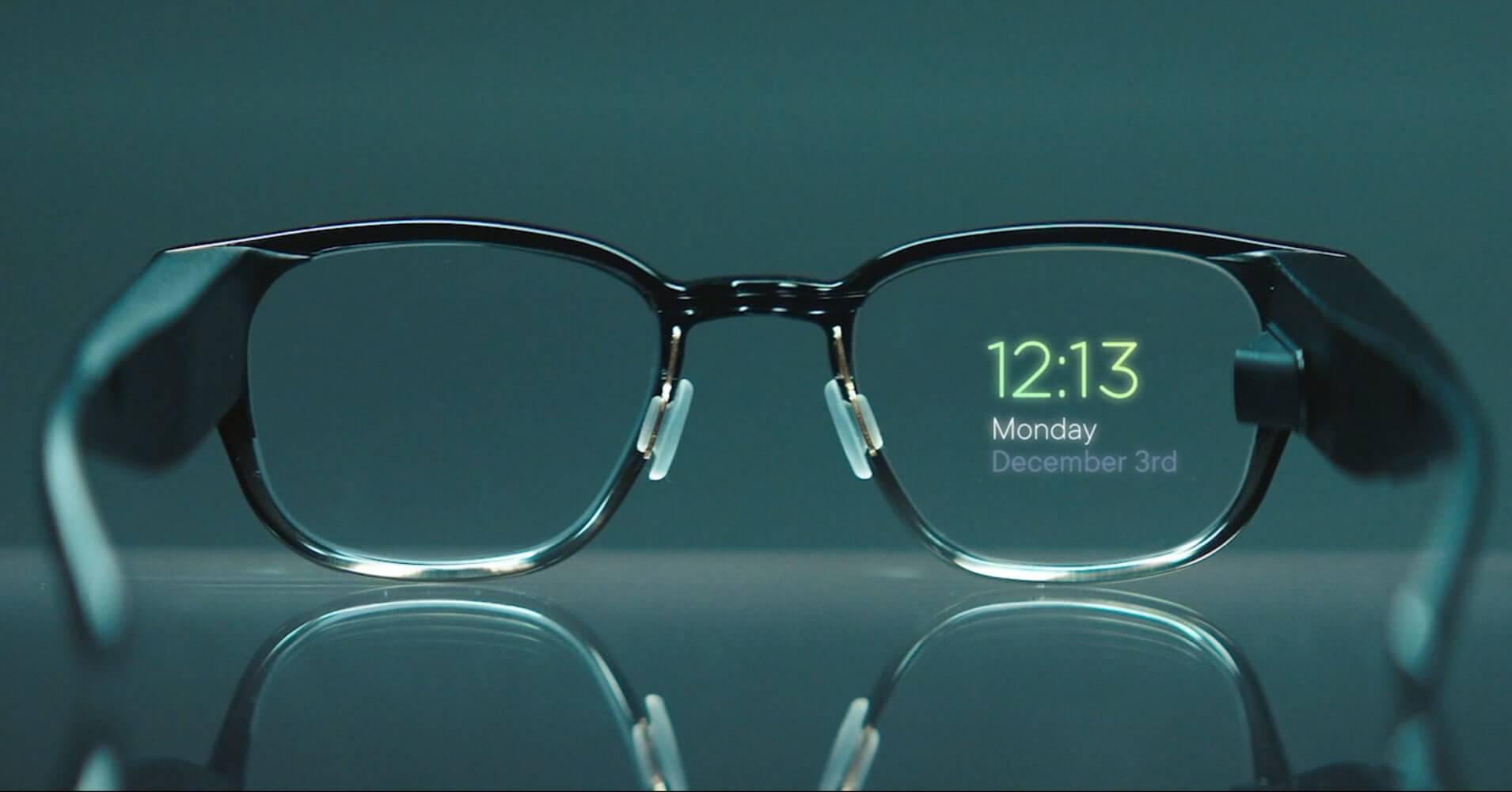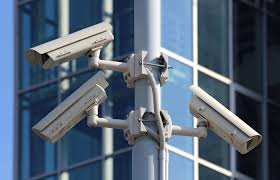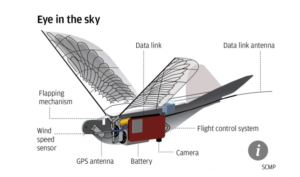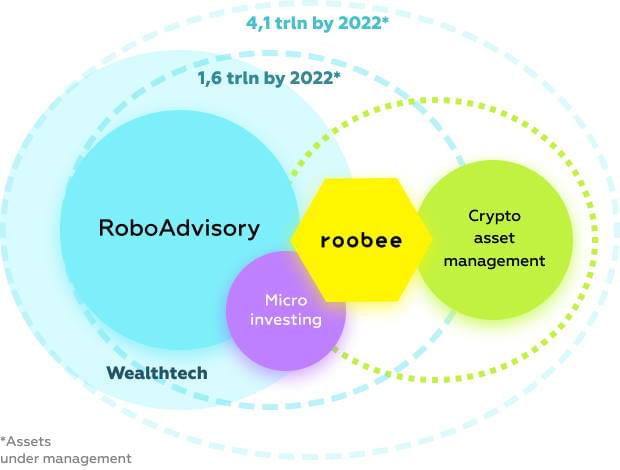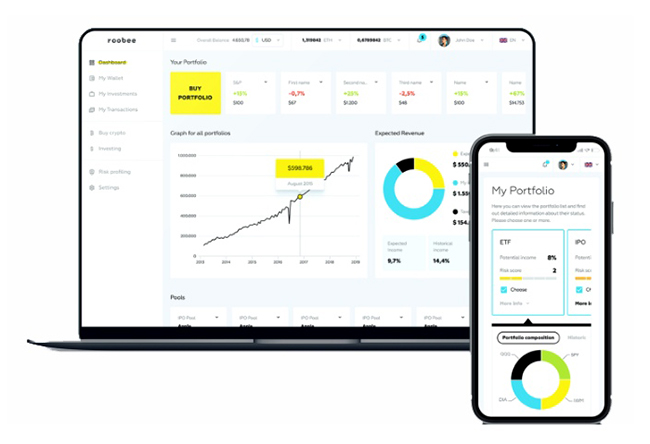New Story, a housing non-profit based in San Francisco, and Icon, a construction-technology company that designs 3D printers produced first 3D printed house, that costs 10000. The printing of the prototype took only 48 hours.
At 350 square feet, the house was far cheaper than the average tiny home, which has a price tag hovering at around $25,000.
Half a year later, the first 3D printed neighbourhood has its first complete houses. Residents of a rural part of Mexico are now moving into 500-square-foot homes with two bedrooms, a kitchen, a living room space, and an indoor bathroom with plumbing. They’re all built in one sweep of the 3D printer, ICON’s Vulcan II, which pipes a special concrete mixture to form exterior and interior walls. Software monitors the weather conditions, and the machine can adjust the mixture. “In the morning it might be drier, and then late in the afternoon, maybe it’s more humid, and then you’ll adjust that mixture a little bit in accordance to that that you get the viscosity that you need in order to have the same print quality throughout the day,” says New Story cofounder Alexandria Lafci.
Choosing to go into rural Mexico for the company’s first project was intentional, too. The organization wanted to show it could get to a challenging location that also had regular earthquake activity. Where makeshift shacks are extremely vulnerable to any seismic activity, the New Story homes are more resilient.
Based on national reports, it’s estimated that no less than 150 million people, or about 2 percent of the world’s population, are homeless. However, about 1.6 billion, more than 20 percent of the world’s population, may lack adequate housing. New Story believes that the new construction process could be part of the solution for affordable housing in some of the poorest communities in the world.
New Story considers its homes in Mexico to be proof of concept in a way, both as a sign that its 3D printer technology is sound, and as encouragement to other groups that may enter the affordable housing fray and solve homelessness problem forever.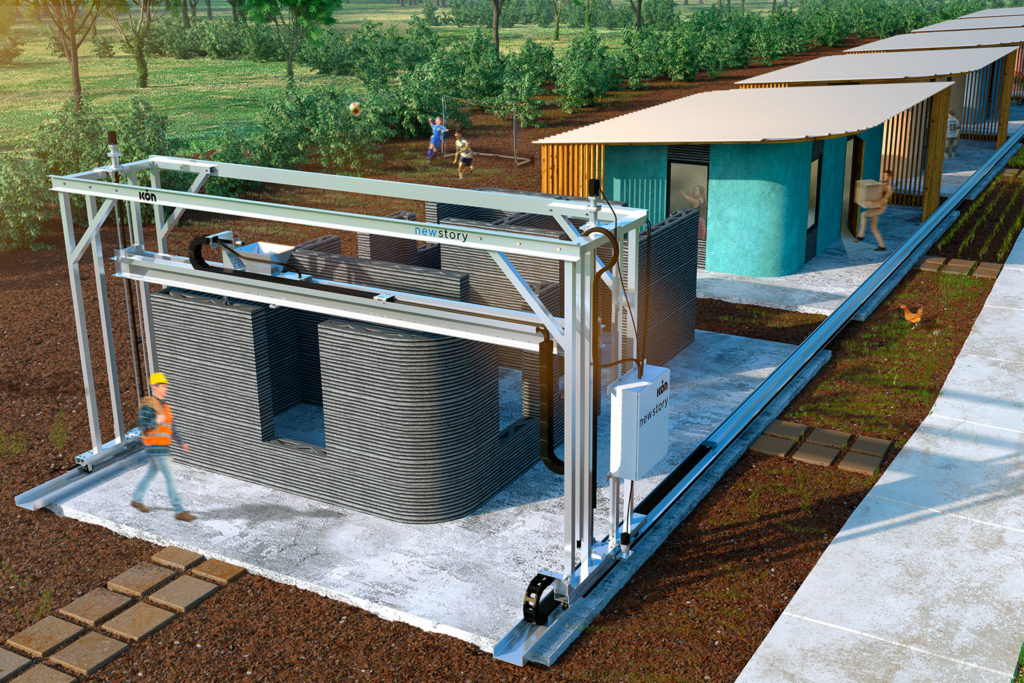
References:
https://www.popularmechanics.com/technology/infrastructure/a30198742/3d-printed-houses-neighborhood/
https://www.fastcompany.com/90440406/the-worlds-first-3d-printed-neighborhood-now-has-its-first-houses

:max_bytes(150000):strip_icc():format(webp)/GettyImages-450419196-841251a4f8c94730bcaf8b94c362475c.jpg)
